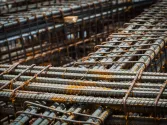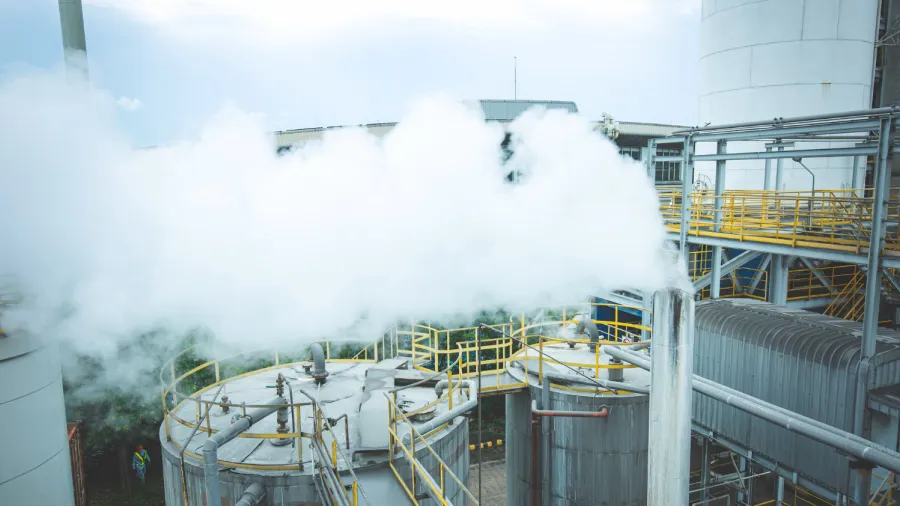
Japan power sector developments suggest dwindling prospects for ammonia co-firing
By Mira CordierThere is little evidence to suggest ammonia co-firing offers an economically feasible path to decarbonisation.
The first quarter of 2025 brought several notable developments in Japan’s power sector, many of which indicate that prospects look increasingly weak for the future of ammonia co-firing as a technology to decarbonise the country’s coal fleet.
Earlier this year, a report titled Japan’s Ammonia Strategy: Excessive Costs Signal Need for Alternatives in the Power Sector highlighted key risks associated with ammonia co-firing in Japan’s coal fleet.
Power auction shows limited support for ammonia co-firing
On 28 April, the results of Japan’s second Long-Term Decarbonisation Auction (LTDA) were announced. The LTDA offers 20-year fixed capacity payments that aim to provide long-term revenue support to developers of low-carbon power projects.
The first auction, held in January 2024, saw successful bids for 4.1GW of capacity, including nuclear (1.31GW), battery energy storage systems (1.1GW), thermal plant upgrades (0.83GW), and pumped hydro (0.57GW).
The second auction in January ended with 6.3GW of capacity awarded, including 3.15GW to nuclear (specifically, safety-related investment for existing plants), 1.4GW to battery energy storage systems (BESS) across 27 projects, and about 0.3GW to pumped hydro storage.
BESS was the most subscribed category, with only 20% of almost 7GW in bid volume being awarded.
In contrast, only one small ammonia co-firing conversion project – of unspecified size – was selected.
These results mirror those from the first LTDA auction and point to an accelerating trend; namely, the rapid scale-up of battery storage and continued marginalisation of ammonia co-firing.
As noted in the report, the expansion of BESS is likely to erode peak electricity prices and reduce revenue opportunities for coal plant operators. This will further weaken the economic case for ammonia co-firing.
JERA investment in blue ammonia awaits offtake demand
On 9 April, JERA – Japan’s leading power and commodity trading firm –announced a final investment decision (FID) on the “Blue Point” low-carbon ammonia production project in the US, alongside partners CF Industries and Mitsui.
The project is expected to produce 1.4 million tonnes of blue ammonia annually from 2029, with JERA as the sole offtake party.
However, the project has similar problems to other blue ammonia initiatives elsewhere, in that subsequent offtake agreements with industry have yet to materialise.
The report highlighted that buyers are hesitant because blue ammonia remains more than three times more expensive than conventional fuels and its future is clouded by regulatory uncertainty, such as the European Unions's stricter criteria for green fuels.
At a modelled cost of approximately $500 per tonne, widespread adoption of blue ammonia remains unlikely without substantial government support. For context, an analysis estimated that a 1GW coal plant operating at 50% load would require 370,000 tons annually for 20% co-firing and about 920,000 tons for 50% co-firing — volumes that would make coal plants the largest ammonia consumers.
Offshore wind gaining momentum
In January, the Japanese government announced revised rules for offshore wind auctions. These reforms were aimed at de-risking investments after soaring construction costs, higher interest rates, and supply chain issues had forced project cancellations and write-downs during 2023 and 2024.
Previously, post-auction increases in generation costs could not be reflected in electricity prices. The revisions allow operators to incorporate up to 40% of capital cost increases into prices.
Additionally, reforms to the Marine Sector Act are underway to streamline permitting, environmental assessments, and other regulatory processes to enable large-scale offshore wind deployment.
These policy shifts, alongside growing public and private sector interest in both fixed-bottom and floating wind technologies, suggest that offshore wind development in Japan is poised to accelerate.
As this momentum builds — alongside the continued expansion of BESS — the competitiveness of thermal power, including ammonia co-firing, is expected to erode further.
Policy headwinds
That momentum is being slowed to a degree by continued policy support for fossil fuels and unproven abatement technologies like ammonia co-firing.
Under the Japanese government’s FY2025 climate and energy budget, the share allocated to fossil fuels expenditure within that budget increased from the previous year, according to analysis by Japanese policy think-tank Climate Integrate.
Fossil fuels (including hydrogen, ammonia, and carbon capture) accounted for 38% of the total climate and energy budget, compared with 4% for renewables.
Moreover, the “Green Transformation” (GX) share of the total climate and energy budget fell to 32% compared with 39% the previous year. This budget is set to catalyse both public and private investment in decarbonisation and is financed by GX Economy Transition Bonds (GX Bonds). Within that, the share for battery storage fell sharply to 4% for FY2025, compared with 12% the previous year.
Use-of-proceeds terms for the government’s Climate Transition Bonds (CTB), which in FY2023 did not cover ammonia co-firing in coal-fired power plants, were changed in FY2024. According to Climate Integrate’s analysis, about $62.1m (JPY8.9b) of the total $11.41b (JPY1.64t) CTB issuance in FY2024 was allocated to covering “the price gap to build supply chains for hydrogen and its derivatives,” which includes ammonia.
The report concluded that there is little evidence to suggest ammonia co-firing offers an economically feasible path to decarbonisation. It is believed the most logical course of action is to redirect resources toward scaling alternative electricity sources, strengthening the grid, investing in BESS, and accelerating the phase-out of coal.
Events in Japan so far this year have only strengthened this argument.



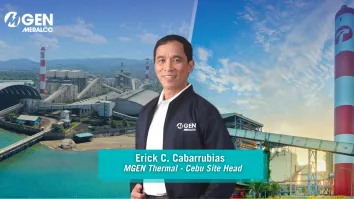
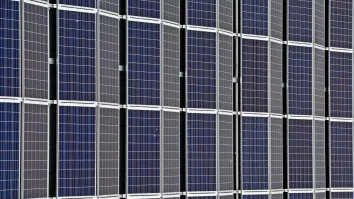
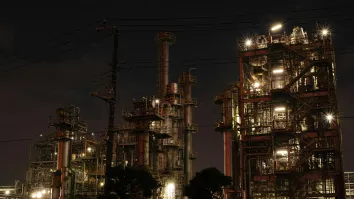
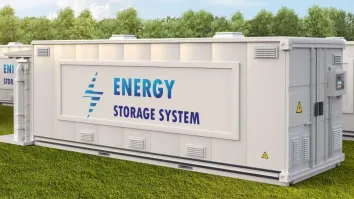

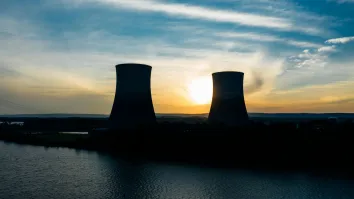

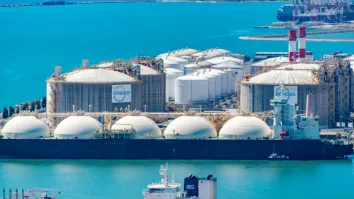
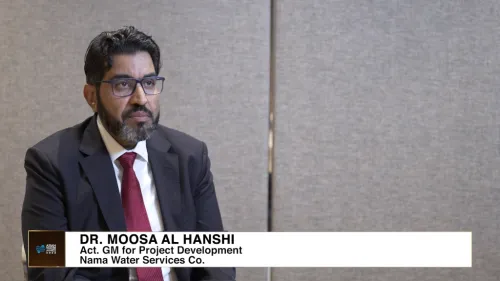

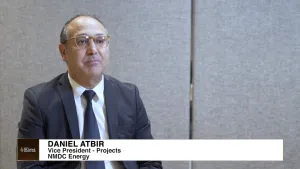
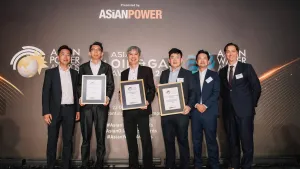
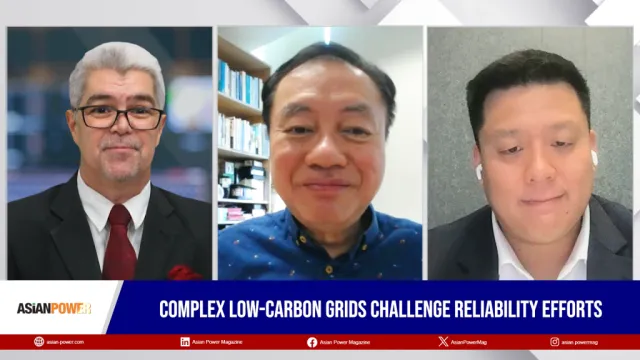

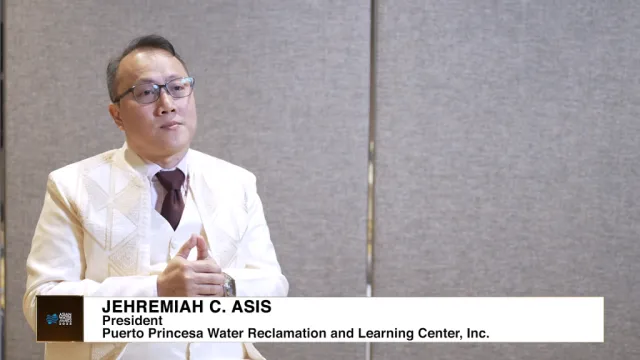
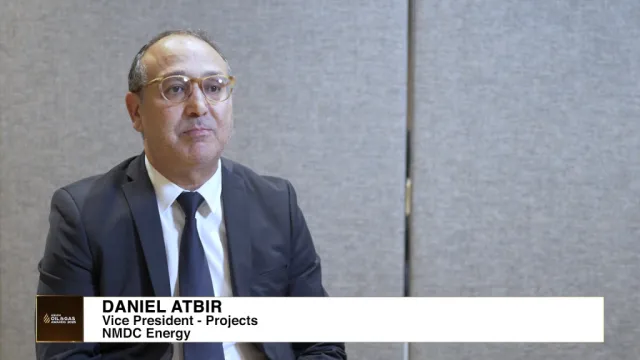

 Advertise
Advertise




